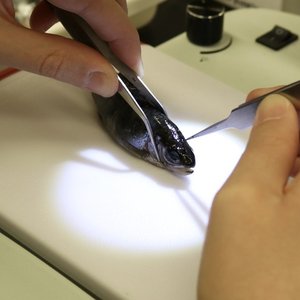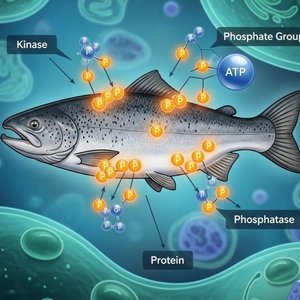Prepared feeds for fish and shrimp are perishable products. They are also more or less fragile, depending on the type of feed. Feed processors attempt to formulate and manufacture aquaculture feeds to extend their shelf life and improve durability. However, the degree to which aquaculturists can reduce wasted feed and realize its full purchase value is ultimately dependent on how well the basic principles of feed storage and handling are understood and applied.
Feed most often represents the greatest percentage of the total cost of raising fish and shrimp, and substantial amounts can potentially be wasted through spoilage and breakage. Even so, practical information about proper storage and handling of the most common types of feed is difficult to find, and usually only addressed in the literature in a general sense. Specific storage conditions and handling procedures are usually left to assumption. This article is intended to provide some detailed discussion, and information references where possible, on the most common causes of degradation and waste of aquaculture feed on the farm. It is impractical to address every conceivable storage and handling situation that may occur with each type of feed. However, guidelines presented here, along with some practical recommendations, should help in those instances where judgements or compromises are required.
Publisher:
The U.S. Soybean Export Council (USSEC)
Download paper from link below (PDF).







